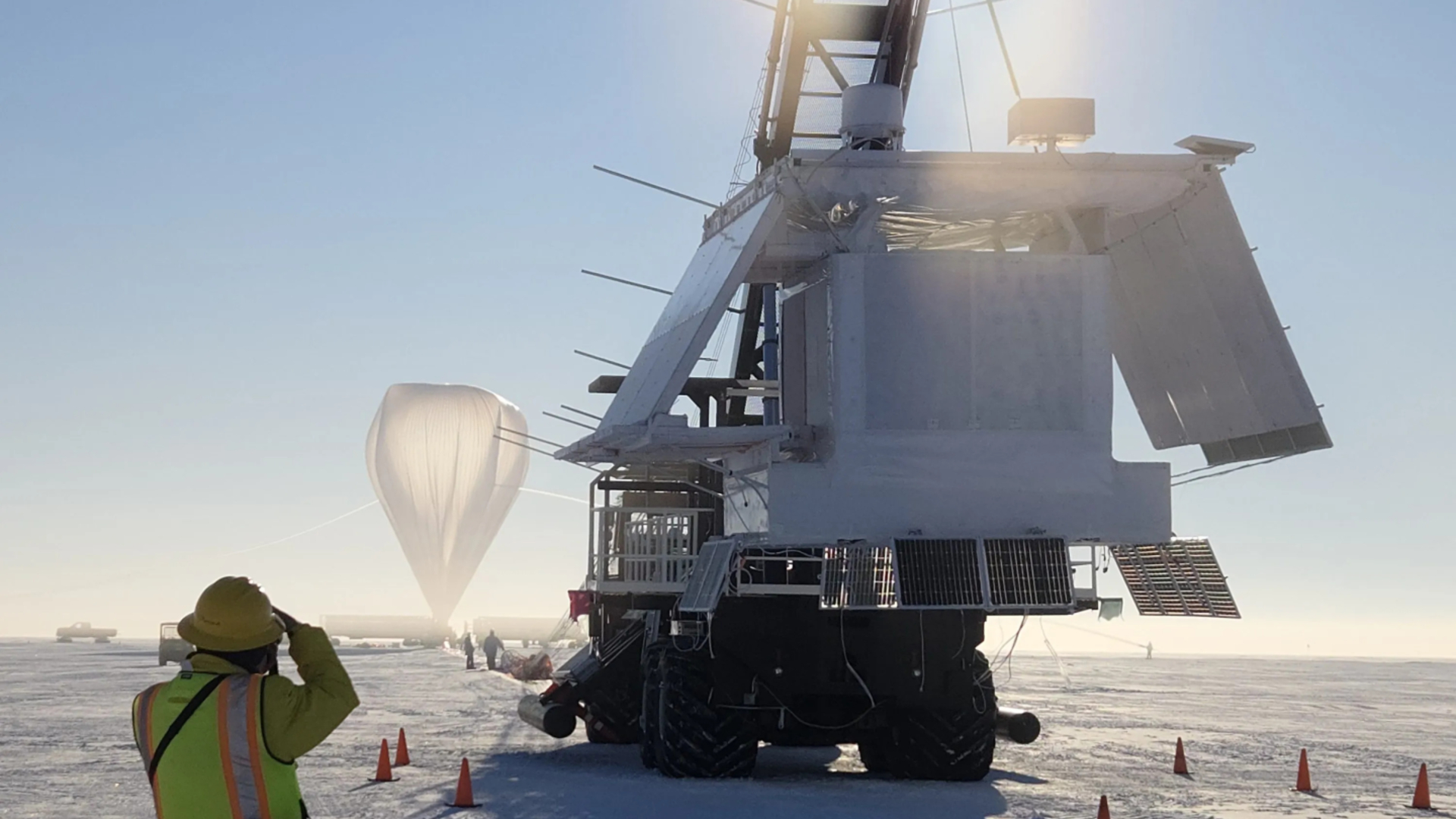NASA tallies Hurricane Ida damage to Michoud Assembly Facility in New Orleans

NASA personnel at the agency's manufacturing facility in Louisiana are continuing to evaluate damage caused by Hurricane Ida, which made landfall on Sunday (Aug. 29).
The massive storm left hundreds of thousands of people near the Gulf Coast sweltering, without power or tap water and under curfew rules, according to the AP. Current estimates suggest that the electrical grid may need weeks to recover from the hurricane's battering winds. NASA's Michoud Assembly Facility in New Orleans was right in the storm's path, and staff are still evaluating the damage.
"Damage to the roofs of several buildings have been confirmed and includes loose panels, panels removed during the storm, debris and water damage," NASA officials wrote in an update posted on Tuesday (Aug. 31). "Michoud remains on limited generator power for essential areas. Due to no power in the factory, assessments inside have been limited and by flashlight only."
Related: Damage from Hurricane Ida seen from space (satellite photos)
More: Hurricane Ida from space: Photos from astronauts and satellites
Pieces of the Space Launch System (SLS) rockets that will carry Artemis 2 and Artemis 3 — a crewed mission around the moon and astronauts' return to the surface of the moon — are currently at Michoud, but appear to have weathered the storm without issue, according to the statement.
"No damage has been observed to date to flight hardware with inspections inside the factory to continue for the next several days," the statement continues. "Crews will also continue assessments and inspections across the facility grounds and buildings. Debris remains across campus and on roadways and is being cleared by on-site teams."
Hurricane Ida's severity is another sign of the ways humanity's carbon emissions are affecting the weather. Although climate change does not cause individual storms, it does increase the likelihood of particularly devastating hurricanes. For example, climate change tends to increase peak hurricane wind speeds, increase rainfall, cause storms to move more slowly, support storm formation in a larger area of ocean and trigger sea level rise that makes flooding more likely.
Breaking space news, the latest updates on rocket launches, skywatching events and more!
Email Meghan Bartels at mbartels@space.com or follow her on Twitter @meghanbartels. Follow us on Twitter @Spacedotcom and on Facebook.

Meghan is a senior writer at Space.com and has more than five years' experience as a science journalist based in New York City. She joined Space.com in July 2018, with previous writing published in outlets including Newsweek and Audubon. Meghan earned an MA in science journalism from New York University and a BA in classics from Georgetown University, and in her free time she enjoys reading and visiting museums. Follow her on Twitter at @meghanbartels.

